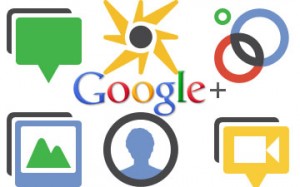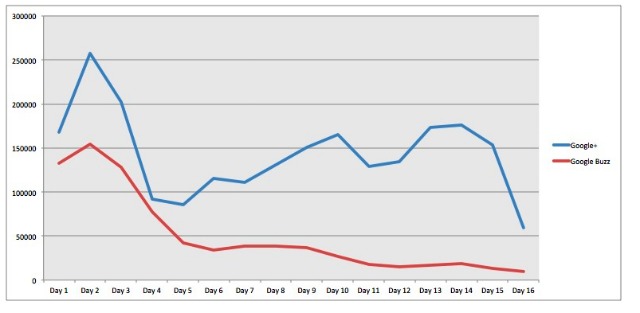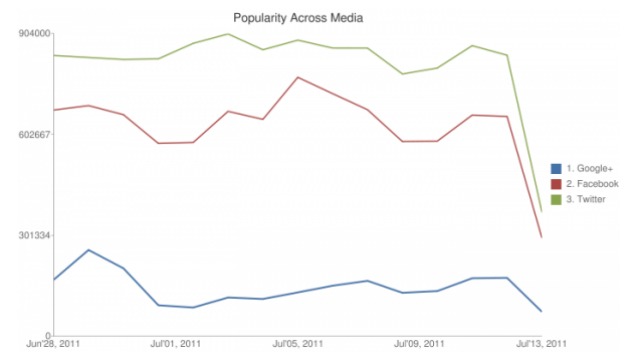by Declan McCullagh
With the launch of a new social networking platform, Google seems determined not to repeat the privacy missteps it made last year with Google Buzz.
Public criticism, some valid, some not, prompted Google to make a series of quick changes to Buzz a few days after its launch in February 2010. Google finally settled allegations of unintentional oversharing in an agreement inked with the Federal Trade Commission earlier this year.

When creating Google+, which debuted yesterday, the Mountain View, Calif.-based company took pains to ensure there’s no danger of that happening again. Google+ sports a clean, well-designed user interface that arguably offers greater privacy protections than Facebook, which has made more and more information public over time.
Some examples:
• Google+ has, by my count, 13 privacy settings, each with an average of a sentence or two of text to explain them. There’s another page if you want to edit individual items. Facebook has far more complicated privacy options that are more difficult to navigate.
• Facebook requires that you use your real name, a practice that has drawn criticism. At least in its published privacy policy, Google+ doesn’t. (Neither does Twitter, for that matter.)
• Facebook says that “your name, profile picture, gender and networks are visible to everyone.” Google+ appears to require that a name and profile picture, if one has been uploaded, be public. But gender and networks — called circles, in Google-ese — can be made private.
• Google has wisely turned off this option by default, though it can be enabled with a click or two: “Show geo location information from photos in newly uploaded albums.”
• Google+ makes the identity of all your circles (including family and friends) visible to “Anyone on the web.” Same with “Show people who have added you to circles,” also selected by default. Both can be made private, of course, but what’s clever is that the names of the corresponding circles aren’t visible. That makes it a bit easier to put someone in the “acquaintance” circle, because they won’t know where they ended up.
• When you create a circle, you know who’s in it. That makes sharing to members of that circle simple. It’s less obvious who a friend-of-a-friend might be on Facebook.
All posts on Google+ can be made public, turning it into a kind of high-powered, if not very customizable, blogging platform. But it’s more useful when posts can be segmented by circles.
“A clear and extremely welcome difference between Google+ and Facebook is that G+ treats us as adults able to determine our own relationships and sharing preferences, in contrast to Facebook that treats us like sheep to be fleeced via pressures to overshare,” wrote Lauren Weinstein of People For Internet Responsibility in, of course, a Google+ post.
Google+ is still in testing, but you can request to be added to the list.

 Follow
Follow



